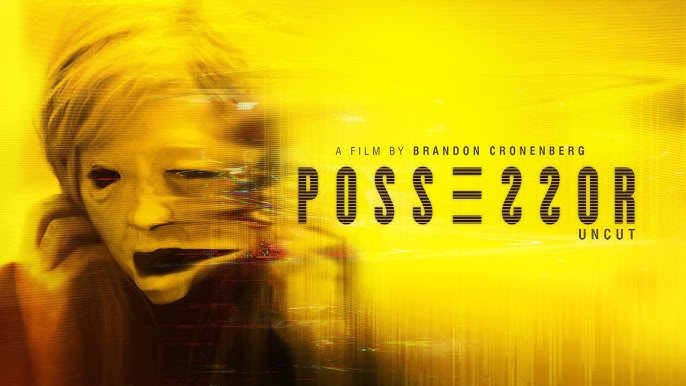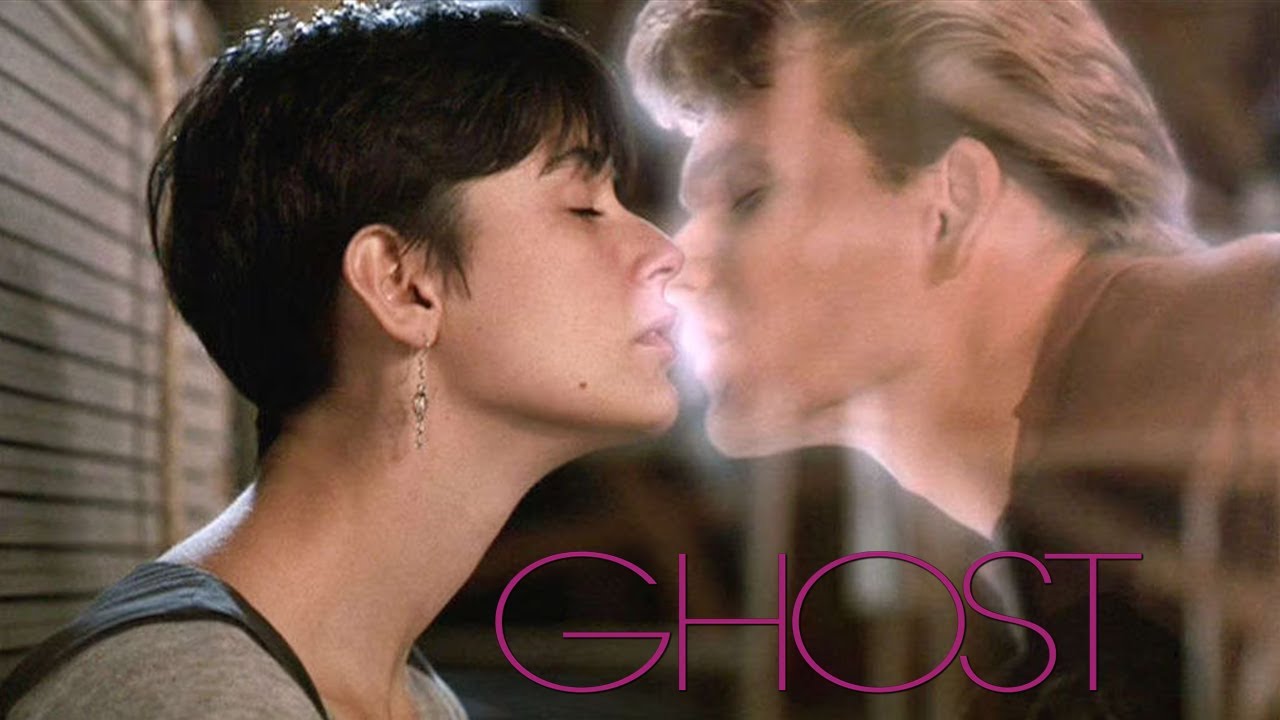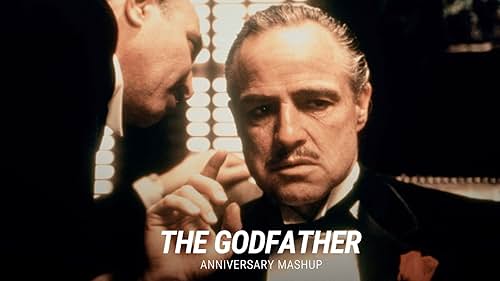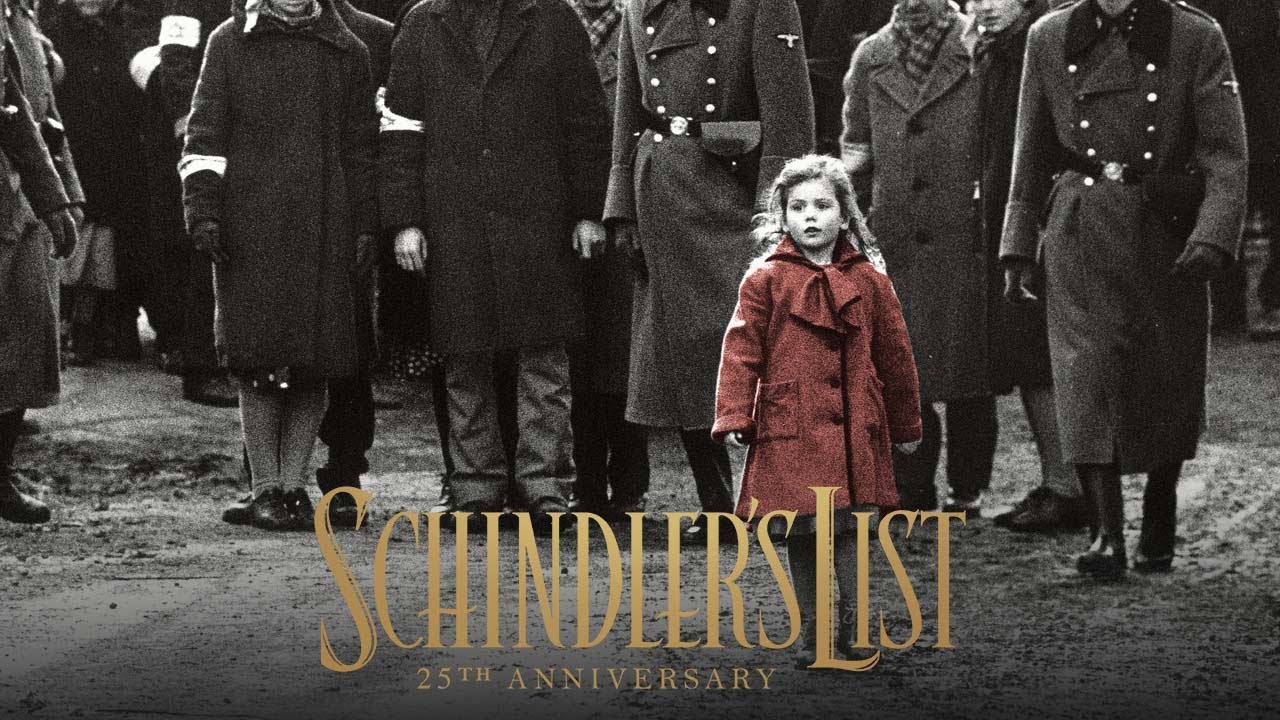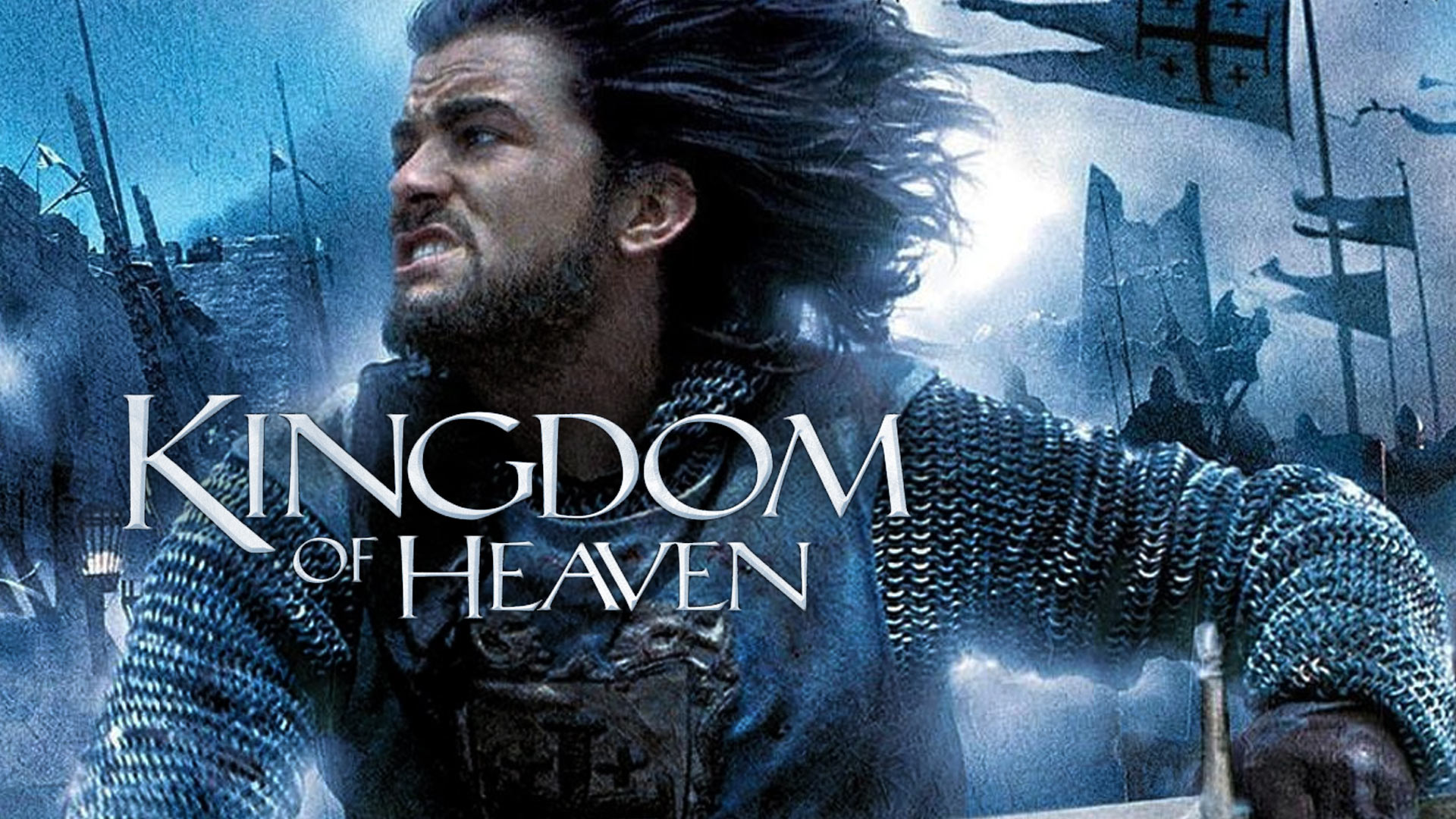The Color of Paradise (1999) – Movie Review
The Color of Paradise (Rang-e Khoda), directed by Majid Majidi, is a deeply moving Iranian film that explores the themes of love, loss, and the beauty of life through the eyes of a blind child. Set in a rural village, the film’s quiet, contemplative narrative and stunning visuals are paired with profound emotional depth, creating an unforgettable cinematic experience.
Plot Overview
The story follows Mohammad (Mohammad Amir Naji), a young blind boy with an extraordinary connection to nature. Despite his blindness, Mohammad perceives the world in vibrant, sensory ways, understanding the beauty of the world through sounds, textures, and feelings. His father, Hashem (Hossein Mahjoub), however, sees his son’s blindness as a burden, and he is deeply ashamed of Mohammad’s condition. Hashem is determined to find a way to rid himself of the responsibility of raising Mohammad, and he plans to send his son to a school for the blind.
However, Mohammad’s connection with nature and his ability to experience beauty in a way that others cannot is central to the narrative. As Mohammad and his father face the challenges of their relationship, the film explores themes of acceptance, rejection, and the pain of unspoken emotions.
Performance and Direction
Majid Majidi, known for his ability to create deeply emotional and visually striking films, guides The Color of Paradise with sensitivity and grace. His direction ensures that the audience connects deeply with the characters, especially Mohammad. The portrayal of a blind child who sees the world with such clarity and purity provides a unique perspective on life, giving the film a poetic quality.
The performances are exceptional, particularly from Mohammad Amir Naji, who plays Mohammad with a subtle but powerful sense of innocence and wisdom. Hossein Mahjoub, who portrays Mohammad’s conflicted father, delivers a nuanced performance that conveys both the love and the frustration Hashem feels. His journey toward understanding his son’s world is heartbreaking and moving, creating an emotional arc that resonates throughout the film.
Themes and Symbolism
At its core, The Color of Paradise is about the difference between seeing and truly perceiving the world. While Hashem is blinded by pride and societal pressures, Mohammad, despite his physical blindness, is able to perceive a deeper, more spiritual beauty in the world around him. His love for nature, his connection to the earth, and his ability to sense beauty through sound and touch reveal a profound truth—that there is more to seeing than what is visible to the eye.
The film’s setting in rural Iran, with its vibrant landscapes, enhances this contrast. The natural world serves as a backdrop to Mohammad’s inner world, underscoring the film’s exploration of vision, perception, and human connection. Through its imagery, The Color of Paradise suggests that true vision goes beyond the physical, capturing the beauty of life’s intangible qualities.
Conclusion
The Color of Paradise is a film that gently touches the soul, inviting viewers to reflect on their own perceptions of beauty, love, and connection. Through its tender narrative and striking visuals, the film challenges our assumptions about what it means to truly see, and it reminds us that the most profound truths are often invisible to the eye.
A film that is both heartbreaking and uplifting, The Color of Paradise is a cinematic treasure that will stay with you long after the credits roll.
How do you interpret the idea of “seeing” in this film? Let a comment below!
4o mini



